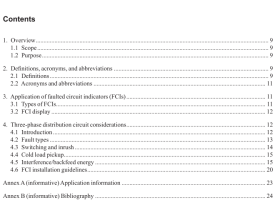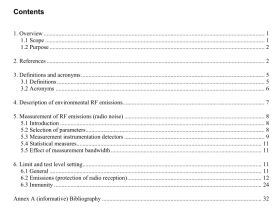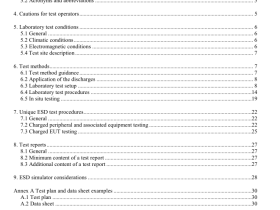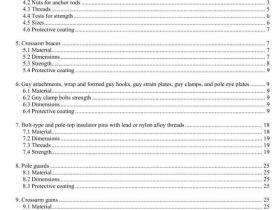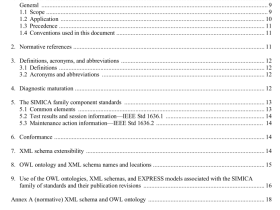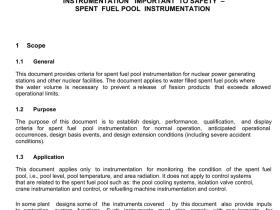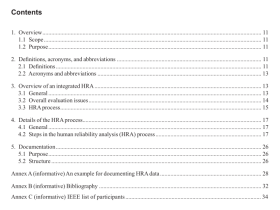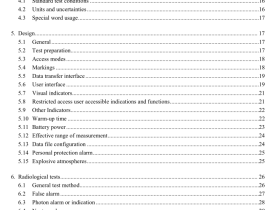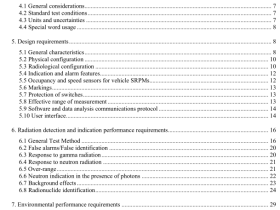IEEE Std 308 pdf download
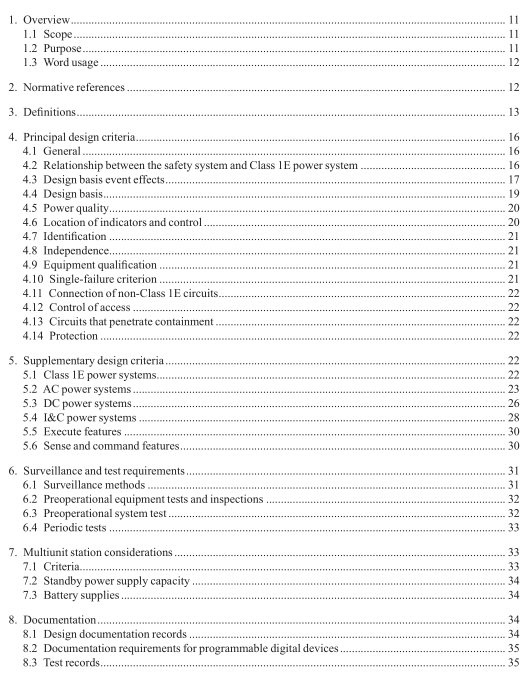
IEEE Std 308 pdf download IEEE Standard Criteria for Class 1E Power Systems for Nuclear Power Generating Stations
nuclear power generating station (station): A plant where electric energy is produced from nuclear energyby means of suitable apparatus. The station may consist of one or more generating units.
passive reactor design: A reactor design that uses forces of nature,such as fluid density differences andheat transfer, to create natural circulation cooling on a scale sufficient to replace large active components foraccident and operational event response. This eliminates the need for forced coolant circulation and associatedactive components requiring Class 1E ac power for accident and operational event response.
power sources: The electrical and mechanical equipment and interconnections necessary to generate orconvert power.
NOTE—Electric power source and power supply are interchangeable within the context of this document.
preferred power supply: The power supply from the transmission system to the Class 1E distribution systemthat is preferred to furnish electric power under accident and post-accident conditions.
programmable digital device: A device that can store instructions and is capable of executing a systematicsequence of operations performed on data that is controlled by internally stored instructions.
protection system: The part of the sense and command features involved in generating the signals usedprimarily for the reactor trip system and engineered safety features.
protective action: The initiation of a signal within the sense and command features, or the operation ofequipment within the execute features, to accomplish a safety function.
redundant equipment or system: A piece of equipment or a system that duplicates the essential function ofanother piece of equipment or system to the extent that either may perform the required function regardless ofthe state of operation or failure of the other.
NOTE—Redundancy can be accomplished by using identical equipment, equipment diversity, or functional diversity.
safety class structures: Structures designed to protect Class lE equipment against the effects of design basisevents.
safety function:One of the processes or conditions (e.g., emergency negative reactivity insertion,post-accident heat removal, emergency core cooling,post-accident radioactivity removal, containment isolation)essential to maintain plant parameters within acceptable limits established for a design basis event.
NOTE—A safety function is achieved by the completion of all required protective actions by the reactor trip system andthe engineered safety features, or both, concurrent with the completion of all required protective actions by the auxiliarysupporting fcatures.
safety group:Agiven minimalset of interconnected components, modules, and equipment that can accomplisha safety function.
NOTE—A safety group may include one or more divisions. In a design where cach division can accomplish a safetyfunction, cach division is a safety group.However, a dcsign consisting of three 50% capacity systcms separated into threedivisions would have three safcty groups; any two out of three divisions are required to be operating to accomplish thesafety function.
safety system: A system that is relied upon to remain functional during and following design basis events tohelp ensure the following:
a)The integrity of the reactor coolant pressure boundary
b)The capability to shut down the reactor and maintain it in a safe shutdown condition
c)The capability to prevent or mitigate the consequences of accidents that could result in potential offsite
exposures comparable to the 10 CFR Part 100 guidelines
sense and command features: The electrical and mechanical components and interconnections involved ingenerating the signals associated directly or indirectly with the safety functions. The scope of the sense andcommand features extends from the measured process variables to the execute features input terminals.
significant: Demonstrated to be important by the safety analysis of the station.
standby power supply: The ac power supply that is selected to furnish electric energy when the preferredpower supply is not available.
unit: A nuclear steam supply system and its associated turbine-generator, auxiliaries, and engineered safetyfeatures.
verification and validation:The process of determining whether the requirements for a system or componentare complete and correct, the products of each development phase fulfill the requirements or conditionsimposed by the previous phase, and the final system or component complies with specified requirements.
4. Principal design criteria
4.1 General
Class 1E power systems shall be designed to provide that no design basis event causes the following:
一 A loss of electric power to a number of engineered safety features, surveilance devices, or protection
system devices so that a required safety function cannot be performed.
A loss of electric power to equipment that could result in a reactor transient capable of causingsignificant damage to the fuel cladding or to the reactor coolant pressure boundary.
4.2 Relationship between the safety system and Class 1E power system
The portions of the Class 1E power system that are required to support safety systems in the performance oftheir safety functions shall meet the requirements of IEEE Std 603TM
Other components, equipment, and systems within Class 1Epower systems that have no direct safety functionand are provided only to increase the availability or reliability of the Class 1E power system shall meet therequirements in IEEE Std 603 to confirm that these components, equipment, and systems do not degrade theClass 1E power system below an acceptable level.
